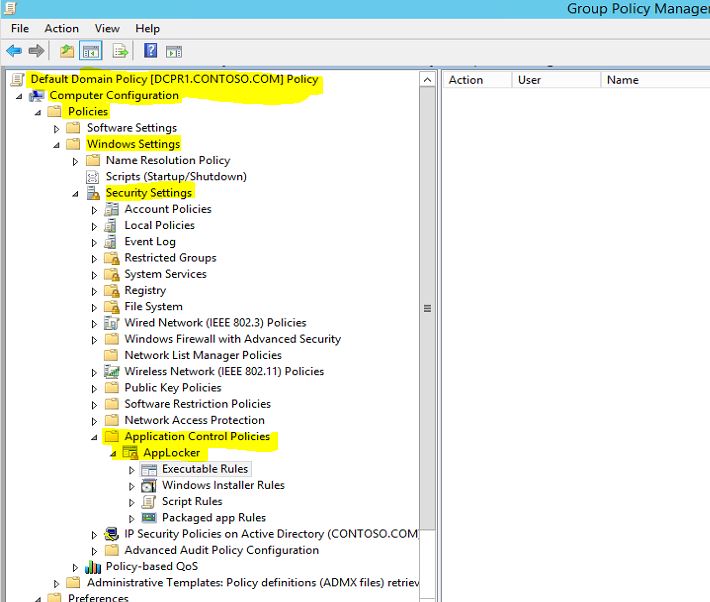

Typically, organizations choose to implement either a allow list approach or a blocklist approach, with the goal of attaining least privilege. Applications that are on an AppLocker blocklist are blocked from executing, whereas applications on an AppLocker allow list are allowed to run. In many cases, SRP certificate rules offer limited configuration options and hash rules are problematic when applications are upgraded. Small and medium enterprises rarely deploy SRP, especially in Windows XP, mainly due to problems with launching applications from shortcuts, and because path rules are too easy to circumvent. The methodology of controlling application execution with AppLocker is performed by creating either a "blocklist" or "allow list" of applications.

#Applocker requirements software
AppLocker is a set of Group Policy settings that evolved from Software Restriction Policies to restrict which applications can run on a corporate network. Designed as a replacement for Software Restriction Policy (SRP), AppLocker is designed to overcome the shortcomings of SRP. This whitepaper will discuss how important it is to remove administrator privileges from end users as a critical first step in a successful AppLocker implementation.ĪppLocker's complete functionality is only available in Enterprise and Ultimate SKUs of Windows 7.
#Applocker requirements full
Users with full administrator privileges can easily circumvent all security controls that are intended to protect the business from security breaches. When a user runs as an Administrator, that user has full control over the computer, regardless of the security technologies installed on the endpoint. In order to have real control over the endpoints, users must be provisioned as Standard Users, not Administrators. Desktop hardening, Group Policies, virtualization, anti-virus and User Account Control alone are not enough to secure Windows 7 desktops. AppLocker is not a panacea however, and it is vital to continue to implement fundamental security best practices.
#Applocker requirements license
Not only can this improve security, but it can also improve license compliance and prevent malicious insiders from doing harm. By controlling what applications can and cannot run on an endpoint, organizations can significantly improve security by preventing unknown code, including malware, from running on client computers. The introduction of AppLocker in Windows 7 allows organizations to use built in technology to implement application control policies across the enterprise. This equates to a perfect complement of solutions to achieve least privilege. However, integrating AppLocker with BeyondTrust Privilege Endpoint Management enables users to run with standard user rights, while simultaneously providing them the access they need to perform their job. This white paper examines the pros and cons of AppLocker, and illustrates how using AppLocker alone as a solution for Least Privilege is not enough to protect your enterprise.


 0 kommentar(er)
0 kommentar(er)
